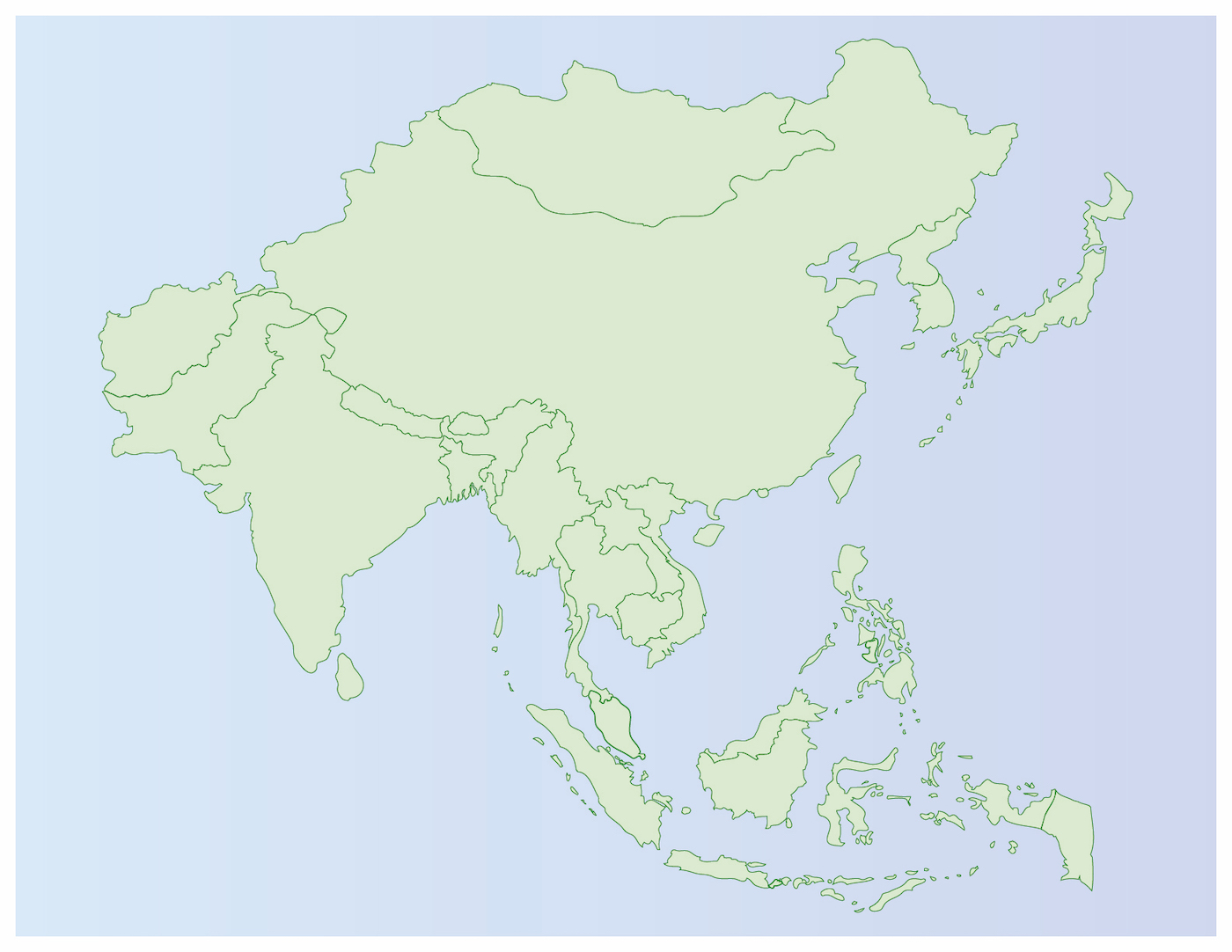What is the APAC region?
Asia-Pacific (APAC) encompasses East Asia, South Asia, Southeast Asia, and Oceania. APAC includes more than 20 countries, consisting of more than 3,000 languages. With 60% of the world’s current population, Asia is the world’s largest and most populous continent. It’s of no surprise that many companies are looking to the East to expand their global footprint.
Entering the APAC market
There are many challenges for international companies when looking to enter the APAC region. Companies are frequently pressed to choose between maintaining their brand identity and adapting to foreign markets. They can be unsure how to approach the expansion strategically, which in turn hinders their international success. Localization, multilingual transcription, and creative translation services could help address some of the challenges.
3 Tips to successfully localizing content for the APAC region:
Understanding the diverse culture and languages
One common misconception is that APAC is a single cultural block. Each APAC region has its own distinct culture, religion, language, and values. Because it is so diverse, treating it as a homogeneous place is unlikely to work.
Most of the countries in the region have their own distinctive official language, and many of them are also home to other languages and dialects. In India, for example, there are 22 official languages and 121 languages spoken by more than 10,000 people, whereas China has between 7 and 14 language groups, and approximately 300 minor languages.
Consider the case of localizing content for Korean audiences. This necessitates a thorough understanding of the written language (Hangul), familiarity with all levels of honorific speech, and knowledge of the intended audience.
Consider transcreation instead of translation
Every country in the APAC region has its own nuances defined by its audience, environment, regulations, category, and possibly other things that we’ll find out as we go along! When localizing for these various markets in the APAC region, one should take extra care to respect these factors.
When translating the words of a document, a translator may use some discretion. When translating word for word, the target text could become meaningless in the new language.
A transcreator will have much more freedom. They may not use any of the original words in their translations. Instead of translating the original material, they could base the new version on a creative brief. Their priority is to retain the document’s overall message and impact.
Reaching out to the correct type of expertise
Collaborate with a professional LSP who has access to the right people. These cultural consultants will be well-versed in both the working language and field-specific issues. Prior to launching your product in international markets, you must ensure that it is linguistically and culturally appropriate for your target consumers. Our cultural consultants will help you set up an effective way to communicate your brand to the intended audience, avoiding the use of slang, racial, religious, political, or gender-related vocabulary that may cause issues.
At Global Lingo, we have a dedicated team of recruitment professionals who are able to source for in-country native subject matter expertise with stringent vetting processes.
